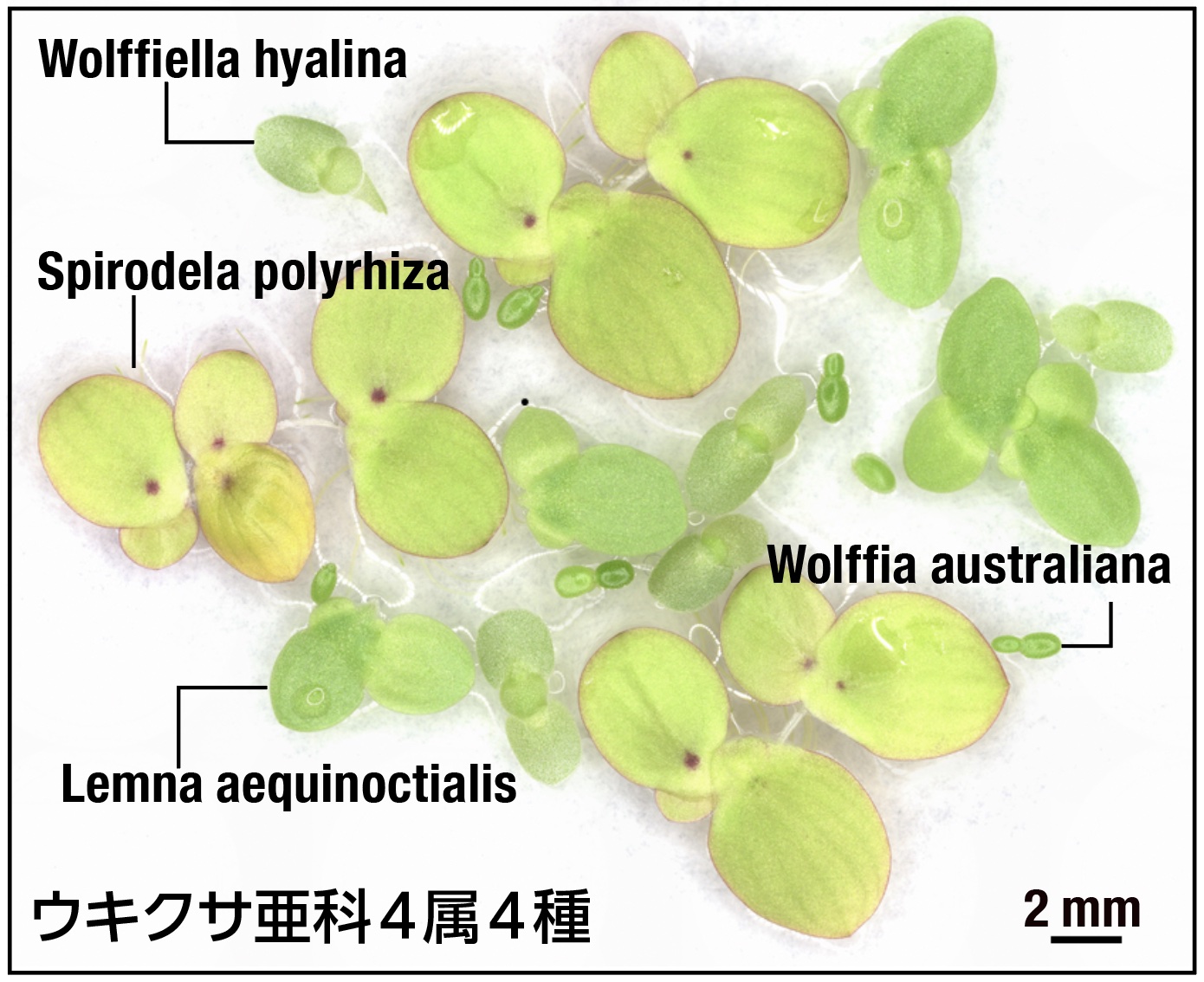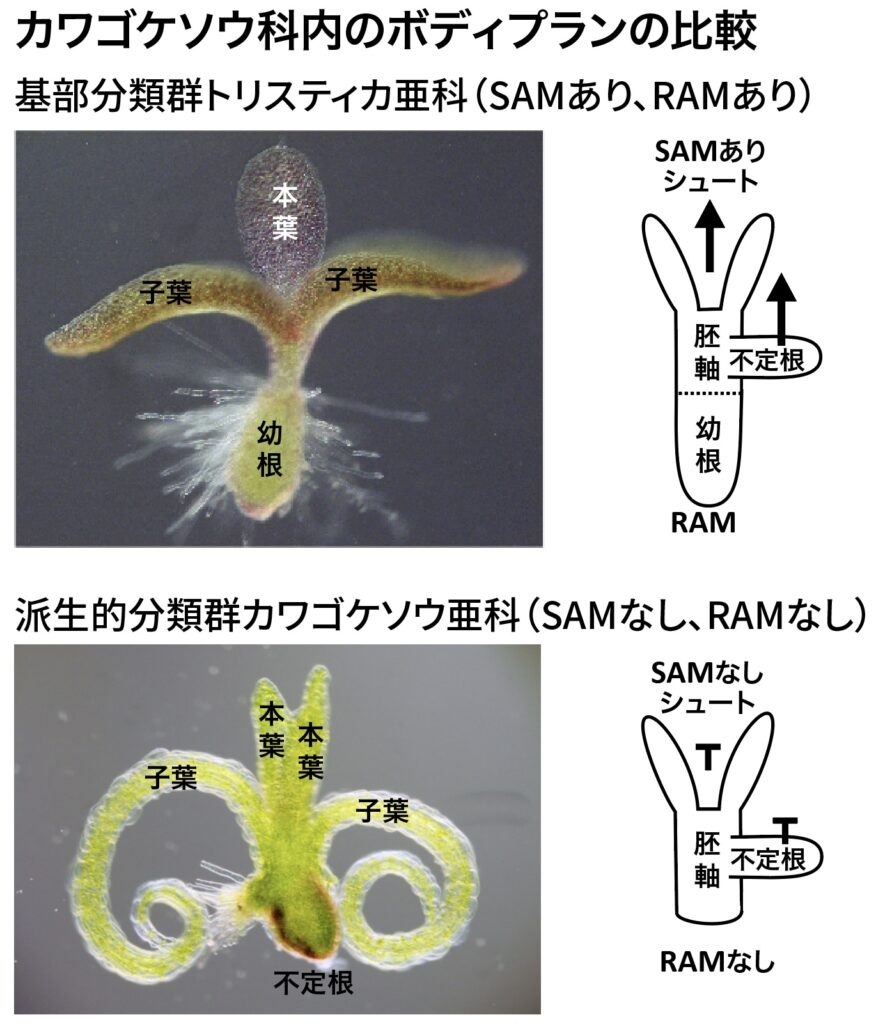Research|Katayama Group
Organisms have achieved their current biodiversity over a long evolutionary history. Although biodiversity is often emphasized as diverse, the phylogenetic constraints of organisms (niche conservatism and developmental constraints) have to some extent determined the direction of evolution. This means that in many cases organisms have similar ecology or morphology to their ancestral species. However, some organisms have managed to break these constraints and achieve dramatic evolutionary “saltational evolution”. By analyzing and integrating environmental, ecological, developmental, and DNA information in a hierarchical and longitudinal manner, we are trying to clarify the “constraint-breaking factors” that allow drastic evolution and elucidate the driving forces behind the evolutionary mechanisms.
mutation rates and evolvability
Mutation is the main cause of genetic variation, and its increased rate contributes to the evolutionary potential of organisms. A remarkable increase in mutation rate has been reported in some aquatic plants, such as the Podostemaceae and the subfamily Lemnoideae of the Araceae, and the increase in mutation rate possibly be the reason for the dramatic evolution of these plants. Therefore, to elucidate the relationship between elevated mutation rates and evolution/diversification in aquatic plants, we investigate the relationship between elevated rates of molecular evolution and ecological traits in angiosperms and experimentally verify elevated mutation rates due to oxidative stress using the Araceae.

Release from developmental constraints caused by loss of roots in some aquatic plants

In angiosperms, the shoot apical meristem (SAM) and root meristem (RM) at the poles of the plant body remain undifferentiated as they grow indefinitely, forming a body plan with an aboveground shoot system and an underground root system. This vertical body plan is thought to be adaptive for plants that grow under the sun light and is widely conserved in angiosperms. Interestingly, both the dicotyledonous families Podostemaceae and Lentibulariaceae show a gradual loss of SAM and RM within the families, with loss of RM in both families followed by a change in SAM development and diversification of the shoot system in more derived taxa. We hypothesize and test the hypothesis that the loss of the RM relieves developmental constraints on the SAM, leading to saltational evolution.
